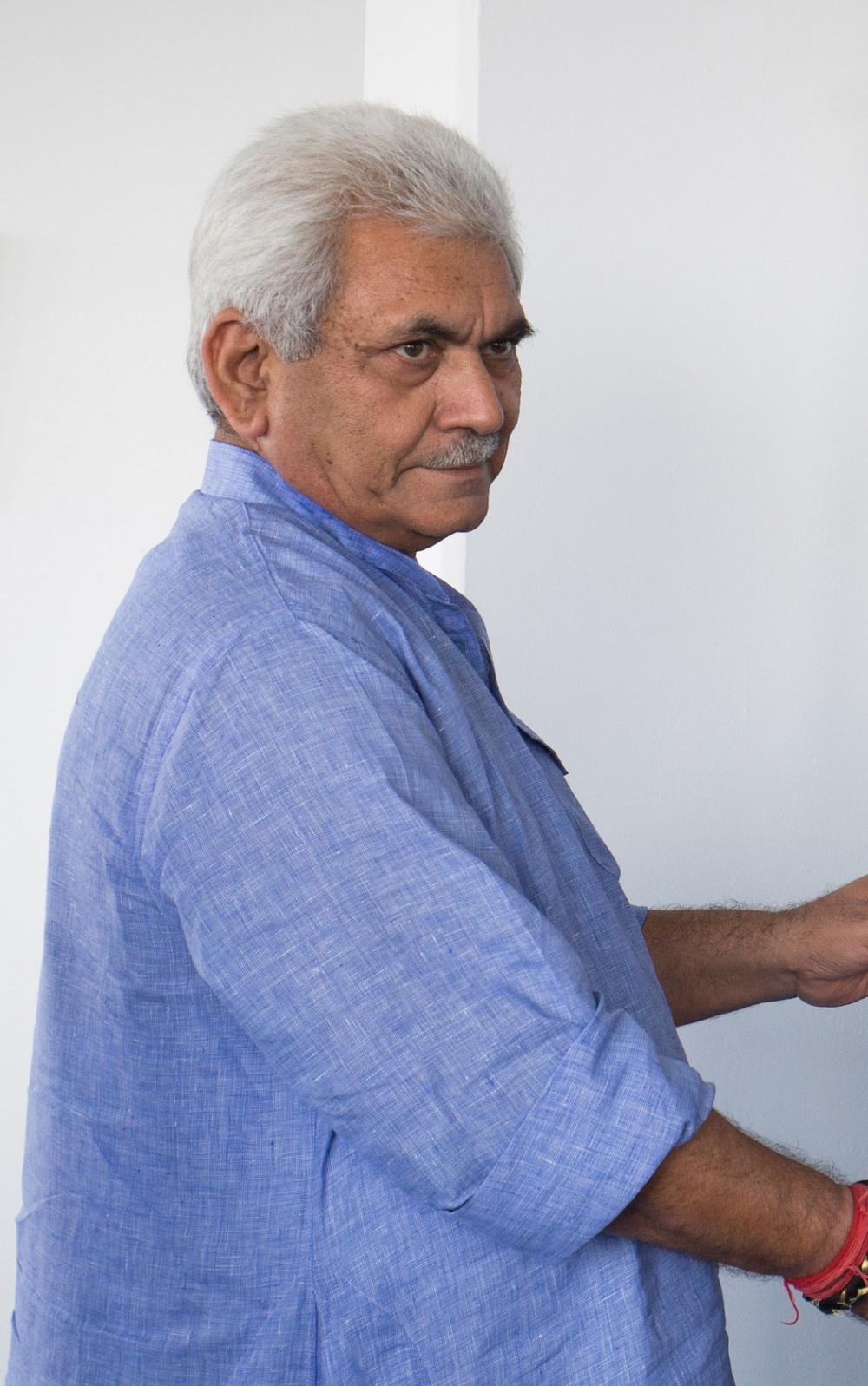Powered by Chinese Smartphone users splurging billions on mobile games and online shopping, China tech giants Tencent and Alibaba are racing up the elite league of the world’s most valuable companies.

Powered by Chinese Smartphone users splurging billions on mobile games and online shopping, China tech giants Tencent and Alibaba are racing up the elite league of the world’s most valuable companies.
Hong Kong-listed Tencent, famous for its games and WeChat messaging service, became the first Asian firm to break into the $500 billion league last week – briefly overtaking Facebook as the world’s fifth biggest company in terms of market value.
Alibaba is just a few billion shy of joining its Chinese competitor at the top table of public listings – and is already there when taking into account its private affiliates.
While the top five – Apple, Google’s parent company Alphabet, Microsoft, Amazon and Facebook – thrive across the world, the two Chinese firms have made their fortunes by cornering China’s own vast market of 750 million internet users.
Tencent and ALibaba do have a major advantage over American rivals because China severely restricts access to its internet, with Facebook and Google kept outside the “Great Firewall”.
But they have also deftly tapped into smartphone technology to woo China’s large, adaptable population.
“Chinese consumers’ acceptance of new technology is faster than nearly anywhere,” said Zhao Chen, a managing partner at the China office of tech accelerator Plug and Play.
Tencent boast nearly one billion monthly active users of WeChat, known as a “super app” for its combination of instant messaging, social media, mobile payment options, games and publishing.
Half of WeChat users spend more than 90 minutes a day on the app.
In smartphone games alone, the company’s revenues surged by 84 percent in the third quarter, driven by the success of the “Honour of Kings” title.
Alibaba, meanwhile, has dominated the e-commerce market, with Chinese consumers flocking to its shopping platforms to buy everything from laundry detergent to Boeing 747s.
The firm created an annual sales promotion held during China’s “Singles Day”, with consumers spending a record $25 billion on November 11 – 40 percent up from last year.
– Electronic cash –
Both companies have benefited from China’s rapid smartphone adoption, with cheap phones flooding the market and bringing millions online for the first time.
“This is basically a story of the mobile internet,” said Shameen Prashantham, an associate professor at China Europe International Business School, of the tech giants’ growth.
“This country leapfrogged the (personal computer) stage straight onto the smartphone stage.”
Today, there are more than one billion smartphones running in China, according to iResearch. Both Tencent and Alibaba earn most of their revenue from mobile.
They have also developed mobile payment applications – WePay and Alipay – that tare driving hundreds of millions of Chinese to pay for everything from groceries and eating out to water bills.
People simply aim their smartphone cameras at a “QR code”, similar to a barcode, and click.
For merchants, the transaction fees cost just a fraction of swiping a credit card in most countries, and can be completed on the go.
This has also unlocked new business models, like for companies who offer sharing services, which now range from bikes to basketball.
– No ads, no business –
Although Alibaba and Tencent have grown in a protected corner of the internet, they have developed unique ways to rake in cash.
While Amazon takes a cut from the sale of goods like traditional retail, Alibaba takes a different approach.
The company earns most of its money from charging merchants to advertise on its Tmall and Taobao platforms.
“If you don’t buy ads, you won’t have any business,” said Liu Song, owner of the Sweet Lisa Flagship Store, which sells women’s dresses, rompers, and skirts on Alibaba’s Tmall store.
Liu frequently buys those keywords on Alibaba’s platform, paying anywhere from eight to 18 cents when shoppers click into his online store.
Unlike Facebook, Tencent earns most of its money from selling virtual items to its millions of users rather than selling their eyeballs to advertisers.
WeChat users pay for emoticons they sent to friends; players of its slash-and-burn hit game “Honour of Kings” purchase new outfits for their characters for 30 yuan ($5) up.
Recently, Tencent has begun has begun to sells some advertising and analysts believe this could be its next big growth driver.
The world beyond China also offers opportunity, though neither Tencent or Alibaba can yet challenge their American rivals on the global stage.
Should US tech giants fret?
“Not really,” investor Zhao said. “But they should be alert that Chinese companies are coming up with new business models that really work.”
If you like this post kindly comment below and do share your response. Thanks for reading.







You must be logged in to post a comment.